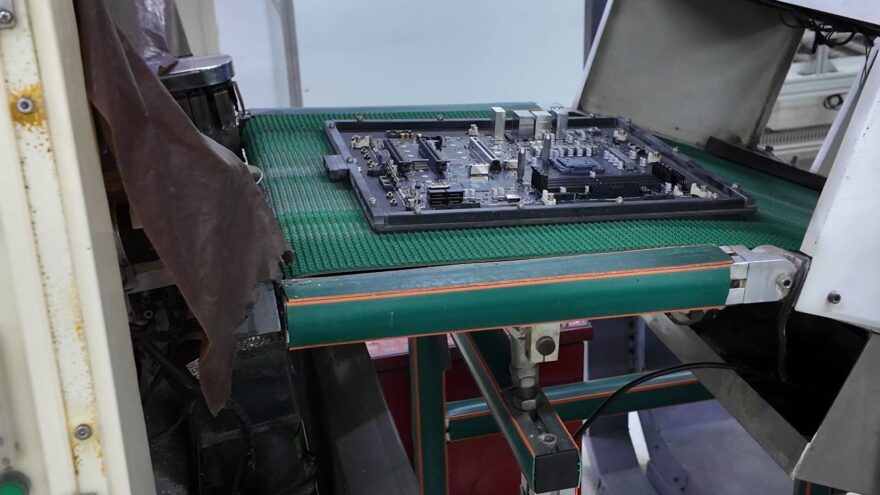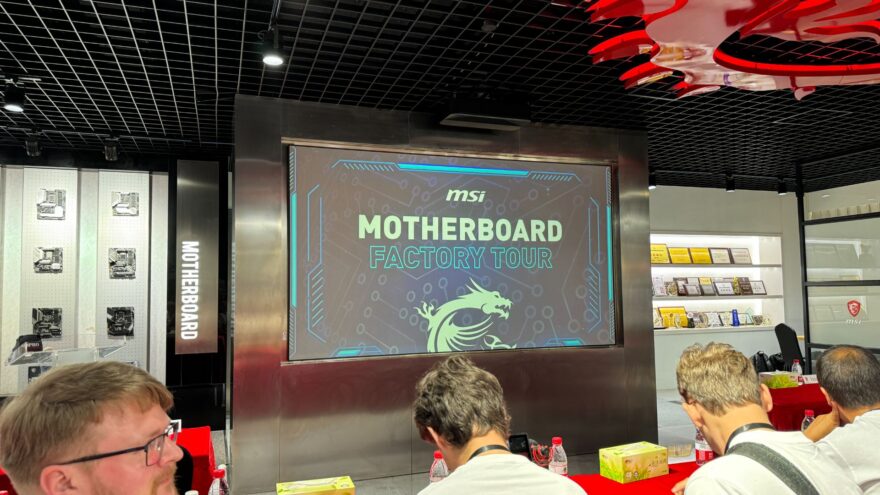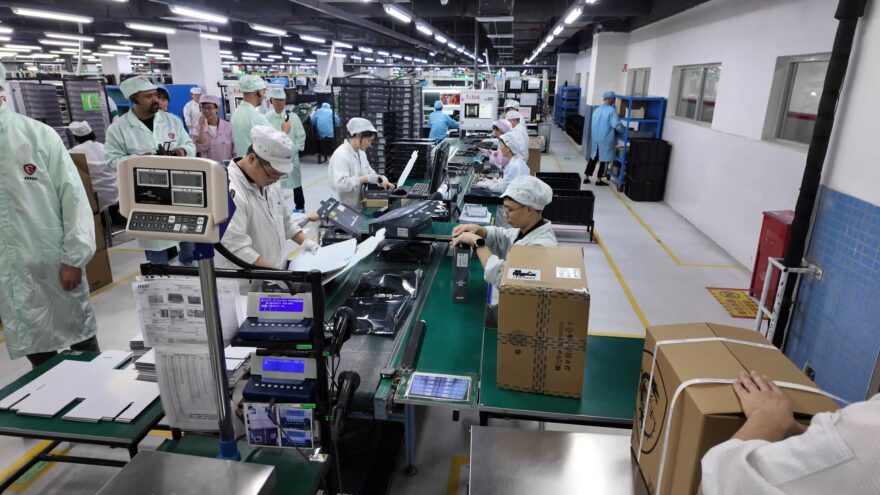How Motherboards Are Made – MSI Factory Tour!

Working with so many ranges of products and brands, it’s easy to forget how much work actually goes into manufacturing a product, like a motherboard with intricate traces, various MOSFETs, chunks of metal and plastic and seeing how the end product comes about before being shipped around the world and in the hands of the consumer.
To give us an idea, we went to Shenzhen in China to MSI’s factory to see exactly what the process was from start to finish in terms of the newest Z890 Intel-based boards, giving us a first-hand glimpse into how a motherboard is made from the ground up and even after being in the industry for close to two decades, I have to admit, it was a bit of an eye opener.
I’ve toured many factories over the years from case and cooling manufacturers, even down to rival motherboard vendors, but I will admit, the latter was quite some time ago when manufacturers were solely reliant on manual expertise of placing, soldering, and even checking for defects along the way, but at MSI’s factory, it couldn’t have been any different.
With a big onus on automation, we sat down for a briefing about MSI, the new products, and having close discussions with various product managers, representatives from Intel and seeing what was due to be on offer from the new Arrow Lake processors, and their corresponding hardware, which then led us on to the factory floor itself.

MSI had prepared a whole assembly line for us to tour where we were able to witness a MAG Z890 Tomahawk WiFi being made from the ground up. We were given two whole days to see the process, ask as many questions as we wanted, and to get a real in-depth look into the way the boards are manufactured step by step.
Once you enter the factory floor, of which it was only a small snippet of what MSI are able to do, considering that they have the facilities to produce over 1.3 million boards per month, it’s easy to get a sense of the scale of operations and what’s possible and this goes hand in hand with a combination of large, industrial automated machinery, and workers who were more than happy to see us passing by as we made our way down the assembly line.

From end to end, walking the distance of each line would easily take a few minutes, and everything had a clinical sense to it, including getting us dressed up in protective clothing before even entering the facility.
Everything is on a conveyor system that transports the boards from their start point to the end, ready for packaging before being shipped out, and this includes, not only the manufacture, but testing along the way, inspection and so much more.









